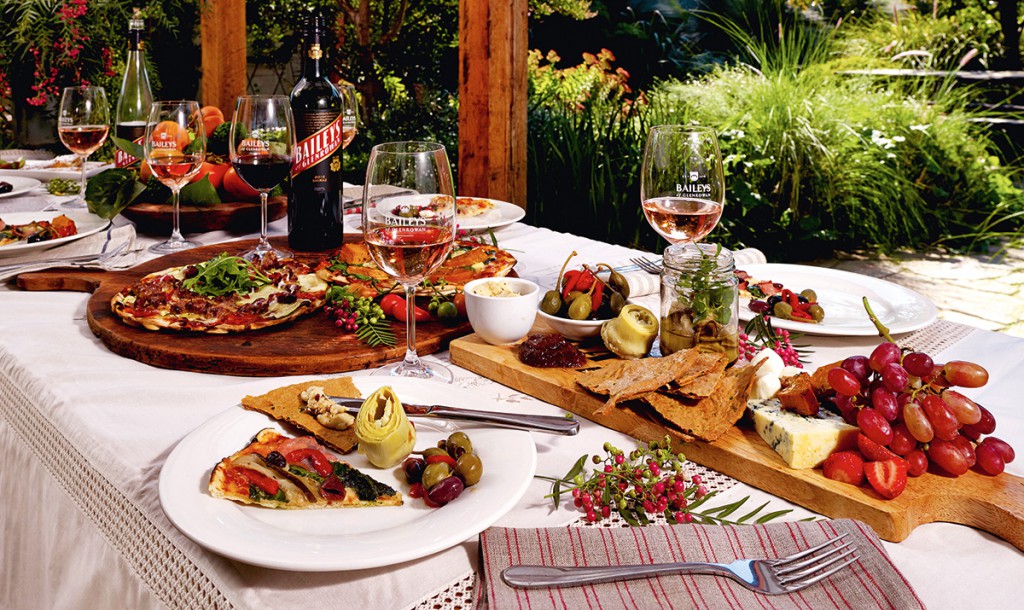It’s not all big old-world reds at Baileys of Glenrowan. Today a new balance is provided with good food and a marvellous native garden environment to enjoy. Essentials’ Jamie Durrant and Penny Showers explore more.Food and WineBaileys GardenCellar Door: Open every day 10am-5pm, except Christmas Day, Boxing Day and Good Friday.Baileys Old Block Café: Open weekends for brunch and lunch, 11am-3pm, bookings recommended. Taminick Gap Road, Glenrowan, VictoriaTel 03 5766 1600
www.baileysofglenrowan.com.au
- Recipes
- Food
- Wine
- Art
- People
- Places
- More
- Subscribe



Comments are closed.